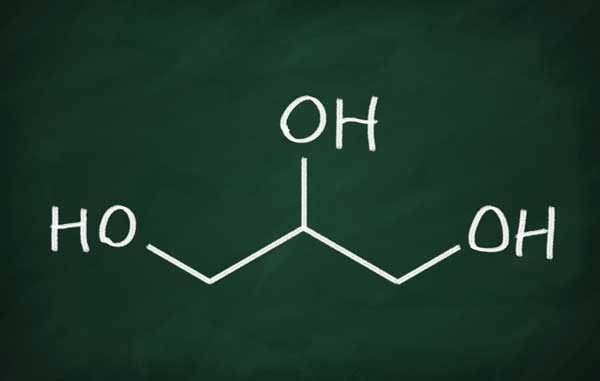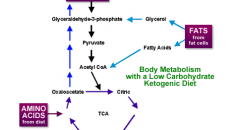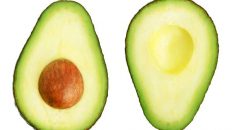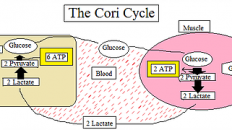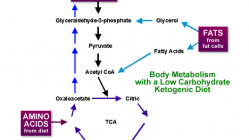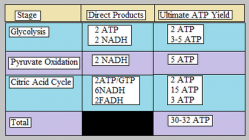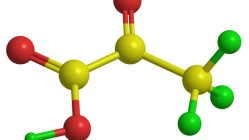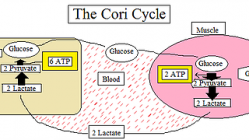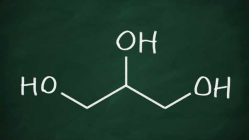Gluconeogenesis Defined:
Gluconeogenesis is a metabolic pathway that generates glucose for catabolic reactions from non-carbohydrate carbon substrates such as lactate, glycerol, and amino acids. This pathway occurs mainly in the liver although this mechanism, to a lesser extent, also appears in the kidney and small intestine under some conditions. Glucose is the only energy source used in the brain (apart from ketone bodies during times of fasting), testes, erythrocytes, and kidney medulla. In short, gluconeogenesis is the reversal of glycolysis where, instead of using carbohydrates to generate glucose (energy), our body uses non-carbohydrate sources (such as amino acids or lactate) to create glucose in our liver.
Gluconeogenesis Mechanisms:
Gluconeogenesis is the reversal of glycolysis and in glycolysis, there are three irreversible steps. At these steps, roadblocks occur and they require a high amount of energy (the same amount of energy that was needed going forward [in glycolysis] is needed for going backwards [in gluconeogenesis]). We will break down gluconeogenesis into 7 steps where steps 1, 6, and 7 are considered the irreversible steps and will be bolded.
Step 1:
Our process begins with two pyruvate molecules (3 carbons each), these molecules combine with bicarbonate to create oxaloacetate (4 carbons); this, as we know, requires ATP (energy). Interestingly at this step, a GTP is used to convert oxaloacetate into phosphoenolpyruvate (**this is a 3-carbon molecule with a phosphate group attached).
*We will see steps 1-4 occur twice because there are two pyruvate molecules; this process will continue until we reach a 6-carbon molecule. A “detour” will occur here (and in steps 6 and 7) as part of gluconeogenesis to get around this irreversible reaction of the glycolysis pathway. The detour here in step 1 is the conversion of pyruvate to oxaloacetate, and oxaloacetate into phosphoenolpyruvate.
Step 2:
A hydroxyl group changes the 3-carbon molecule to prepare it for a phosphate group to be transferred to another carbon in the molecule.
Step 3:
ATP is used here to add an additional phosphate group to the 3-carbon molecule.
Step 4:
The electrons carried by NADH are used to remove one of the phosphate groups; once NADH has lost its high energy electrons via oxidation it becomes NAD.
Step 5:
The two 3-carbon molecules are attached forming one 6-carbon molecule with two phosphate groups.
Step 6:
An enzyme works with a water molecule to generate a single phosphorylated 6-carbon molecule; this is then rearranged before step 7.
Step 7:
Another enzyme uses water to remove the phosphate group to finally create glucose
Gluconeogenesis occurs where there are no carbohydrates readily available; this process allows the body to utilize non-carbohydrate substances to produce glucose. This helps to prevent hypoglycemia; this issue of low glucose levels denies sufficient energy (or fuel as a better term in this case) for all organs and may lead to seizures, brain damage, or death.

*Although gluconeogenesis is technically a 10 step process and not 7, for the sake of this post it is kept it simple. Names of the enzymes utilized in each step may be found online for further learning purposes.

